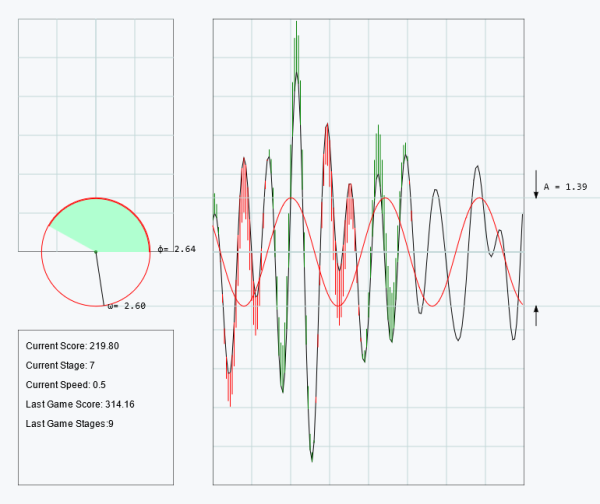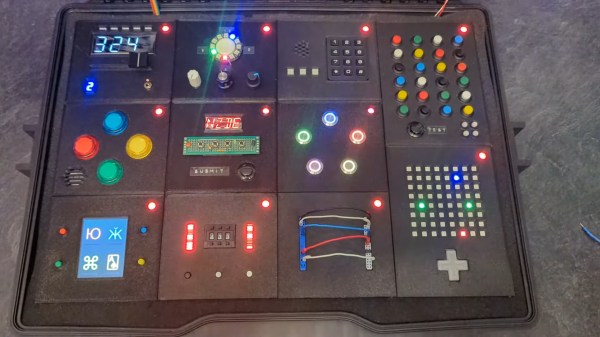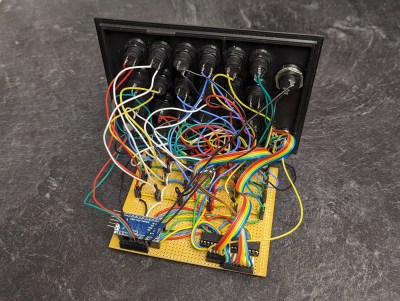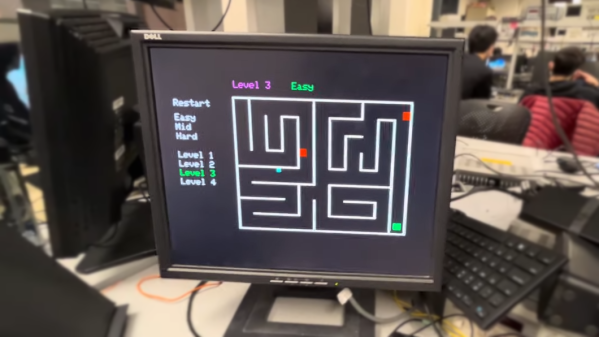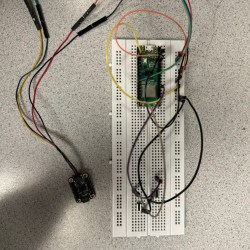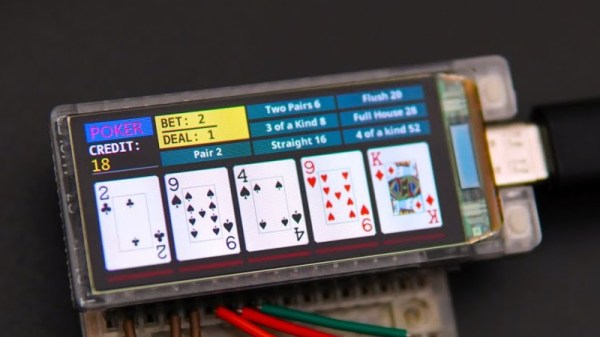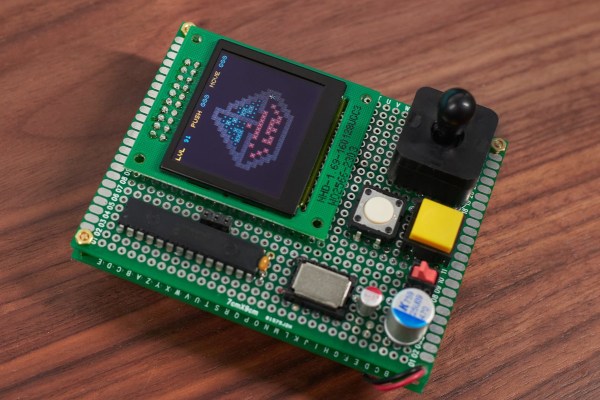Simon was a cutting-edge “computer controlled game” when it launched back in 1978. It would flash out a pattern of ever-increasing length and you had to copy it if you didn’t want to lose. The name, obviously inspired by the traditional folk game of Simon Says. [Robert] recently found an original vintage Simon game, but it had been non-functional for many years. However, with some astute analysis and repair, he was able to get it working again.
Upon powering the unit up, the best [Robert] could get out of it was some flickering of the lights, nothing more. It wouldn’t start a game or respond to button presses. Eventually, probing around showed [Robert] that the TMS1000 microcontroller wasn’t running properly. It seemed to concern the connection to the “Game Mode” selector switch. Thanks to a fault and the multiplexed layout of the controls, it was appearing to the microcontroller that a button was always pressed at all times.
The solution [Robert] landed on was to separate out the signal from the Game Mode switch by socketing the TMS1000 and lifting the relevant pin. . The signal was then wired back up to the chip via diodes so that it wouldn’t interfere with the other outputs and inputs on the chip used to read the other buttons. This meant that the unit was locked into the single main game mode, but it did get it operational again.
It may not be a complete repair, but it nonetheless saved this unit from complete failure. Failing a repair of your own unit, you can always build one with modern hardware instead. Video after the break.
Continue reading “Sneaky Fix Gets Simon Back Up And Running”


